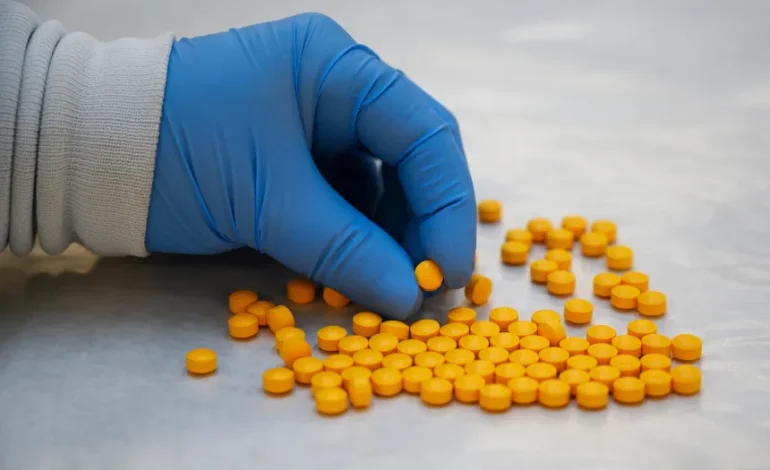Synthetic opioids, particularly fentanyl and its analogs, are contributing to a growing public health crisis in the United States, CNN reports.
Over the past decade, overdose deaths among young people have surged, with synthetic opioids emerging as a leading cause. Experts warn that these drugs are not only potent but often undetectable in illicit drug supplies, making them especially hazardous.
According to the US Centers for Disease Control and Prevention (CDC), the rate of overdose deaths involving synthetic opioids has increased more than 20-fold between 2013 and 2022. For people under age 20, overdoses and poisonings now rank as the third leading cause of death, following firearms and motor vehicle accidents.
A recent study published in Pediatrics found that overdose deaths among Americans aged 15 to 24 rose from 4,652 in 2018 to 6,723 in 2022, with a slight decline between 2021 and 2022. The most significant increase was linked to fatalities involving only synthetic opioids, rather than a combination of substances. Young men and individuals aged 20 to 24 were found to be at particularly high risk.
Synthetic opioids are lab-manufactured drugs designed to relieve severe pain. Unlike natural opioids like morphine or codeine, which are derived from the poppy plant, synthetic versions such as fentanyl, tramadol, and methadone are produced entirely in laboratories.
Dr. Leana Wen, an emergency physician and expert in public health, explains that fentanyl is 50 to 100 times more potent than morphine. It has legitimate medical uses in treating acute and chronic pain, especially in emergency and cancer care. However, the recent rise in youth overdoses is largely attributed to illegally manufactured fentanyl, not diverted prescriptions.
Illicit fentanyl is often sold in forms that mimic legitimate medications — such as pills, powders, or even nasal sprays. It is also frequently mixed with other drugs like cocaine, heroin, MDMA, or methamphetamines, often without the user’s knowledge. This means people may unintentionally ingest a lethal dose.
The potency of fentanyl makes it extremely risky. Even a tiny amount can lead to overdose and death, especially when users are unaware of its presence in the substances they’re taking. According to the DEA, 6 out of 10 fake prescription pills tested in 2022 contained potentially fatal doses of fentanyl.
Opioid overdoses can be reversed if treated quickly with naloxone, a medication that temporarily blocks the effects of opioids on the brain. Naloxone is available as a nasal spray or an injectable, and it is now sold over the counter at many pharmacies. However, emergency medical care is still essential after naloxone is administered, as the person may need multiple doses or treatment for other drugs in their system.
Unfortunately, fentanyl is odorless, tasteless, and colorless, making it nearly impossible to detect without special tools. Fentanyl test strips can identify its presence in a drug sample, but their accuracy has limitations. A single strip may not detect all contaminated pills in a batch, and they do not check for other harmful substances.
Dr. Wen emphasizes the importance of open conversations between parents and children about drug safety. Even if parents have their own past experiences, it’s crucial to stress that today’s drug landscape is much more dangerous due to synthetic contamination.
Key advice includes:
Never take medications that weren’t prescribed to you.
Be wary of pills or substances from unknown sources.
Consider keeping naloxone at home and learning how to use it.
Stay informed and vigilant about emerging drug trends.









The latest news in your social feeds
Subscribe to our social media platforms to stay tuned